Hello, welcome to Astar
- marketing@astatoner.com
- +86-755-89734724
Address: 2nd Floor, No. 57, Shaxin Road, Shabo New Village, Pingshan District, Shenzhen
Email:645104092@qq.com
Fax: 86-0755-89713989
Telephone (Tel): 86-0755-89713979
13924610580, 13590473689, 13670784540
QQ:645104092,514559101
Shenzhen Keweite Technology Co., Ltd. is a private joint-stock technology enterprise registered in Shenzhen in 2005. The company has a registered capital of 5 million yuan. The company is a comprehensive enterprise integrating R&D and production. It is a professional manufacturer of ceramic glass sealed power connectors. Relying on the technical support of Tsinghua University, the company has strong research and development capabilities and advanced production technology in the field of metal and glass ceramic sealing, and has successfully solved the problems of product leakage and glass brittleness. The company's main products are refrigeration compressor power connectors, wiring boards, lithium battery (ER, CR series) glass sealing cover sets, automotive high-power LED lamp brackets, electronic and electrical connectors, photoelectric sensor base components and various power wiring Columns, automotive air conditioners, central air conditioning units, power ceramic glass terminals, wiring boards, have mass production capacity. The company has passed the certifications such as "IATF16949: 2016 Quality Management System", "ISO9001: 2015 Quality Management System", "National AAA Grade Integrity Enterprise", "Contract-honoring and Promise-keeping Demonstration Enterprise", "National Science and Technology Innovation Enterprise" and other certifications. National 3C compulsory certification, American UL certification, five national patent certificates, four KWT trademarks. The company will continue to enrich the connotation of brand quality, meet market demand with internationally advanced products, and provide services in a way that customers are truly satisfied. Comprehensive, fast and perfect to provide users with quality products and services.
Business philosophy: Keweite people adhere to the development business philosophy of "quality-oriented, honest management". The company has established long-term friendly partnerships with many multinational corporations, such as Emerson and ABLE in the United States, and Key in South Korea. Bow, domestic BYD, Liuzhou Automobile, Second Automobile, China North Industries Group, etc. Keweite people regard it as their responsibility to rewrite "Made in China" as "Created in China", and strive to strive for self-improvement and continuous improvement towards the goal of a global top 500 company.
technology:
Glass, ceramics and metals are engineered through co-sealing sintering process. KWT provides a method to isolate and seal electrical conductor poles and pins from an environment through a co-sealing sintering process engineering. The upper and lower layers of glass and ceramic form a sealed insulating isolation layer, and are used as electrical conductor poles, pins and jackets. The insulator between the substrates. Because glass and ceramics exhibit excellent dielectric and electrical insulation properties, very low thermal conductivity, and reliable mechanical strength, glass and ceramics can achieve reliable power and signal output and smooth input in harsh environments.
There are two ways of co-sealing sintering of glass, ceramics and metal:
Matching sealing: mainly for the co-sealing sintering process engineering of magnetic metal and intermediate layer glass and ceramics. The normal situation is to select intermediate glass and metal with relatively close expansion coefficients. During the gradual cooling process after high-temperature sealing, the shrinkage of the glass and the metal is kept consistent, thereby reducing the internal stress caused by the difference between the shrinkage of the glass and the metal. From the perspective of the sintering and packaging process, temperature, time, air content, and oxide layer are the four elements in the sealing. The four complement each other and must not be treated in isolation, affecting the bonding strength and airtight effect of glass, ceramic and metal co-sealing sintering. At the same time, in order to ensure the superiority of the mechanical strength and high pressure resistance of the sealing products, more and more sealing products are adding ceramic and glass co-sealing sintering process engineering, mainly using the affinity adhesion generated by glass and ceramics under certain conditions Composed of upper and lower layers and metal synchronous sealing to form a sealed insulating barrier.
Mismatched sealing: There are two types of mismatched sealing: (1) Co-sealing sintering process between non-magnetic metal jacket substrate and glass, ceramic and magnetic metal electrical conductor poles and pins. Usually stainless steel, copper, aluminum are used as the outer jacket substrate, the electrical conductor poles, and the pins are made of iron-nickel alloy, stainless iron and glass through a co-sealing sintering process. The expansion coefficient of the base metal of the jacket> the expansion coefficient of the glass> the expansion coefficient of the electric conductor pole and the pin. When the thermal expansion rate of the base metal of the jacket is higher than that of the glass, a compression seal is produced. During the sintering and packaging process, the jacket matrix shrinks around the glass during solidification, and a good uniform radial compression stress is generated at the metal interface of the glass and the jacket matrix, which can withstand thermal and mechanical stress. The interface bonding strength of the electrical conductor pole, pin and glass comes from the radial compression stress and the thin and thick oxide layer of the electrical conductor pole and pin to ensure a good sealing effect.
(2) For the sealing of non-magnetic metal, the outer jacket substrate and the electrical conductor poles and pins are non-magnetic metal and glass and ceramics are sealed through a co-sealing sintering process.
Non-magnetic metal sealing products are more and more widely used in the market. Because magnetic metal sealing connectors have magnetic interference and magnetic field gravitation interference in the communication signal, the influence of dielectric and the poor heat dissipation effect often lead to unsmooth signals. . For equipment and electrical connector packaging products with large power output and input, the electrical conductor pole and the jacket base will produce the jacket base magnetism and eddy current under the condition of large current output and input. The product heats up rapidly, and the heat dissipation of the outer jacket substrate is slow, causing the connectors and equipment to burn. To meet the performance requirements of the product, the adjustment of various parameters during the sintering and packaging process is particularly complicated and involves a wide range of areas. Wetting, oxidizing (metal, glass) bonding, ceramic and glass crystallite changes, adjustment of the atmosphere composition ratio, material expansion coefficient, metal material processing, mechanical toughness and internal stress changes during the sintering process of non-magnetic metals, Glass and ceramic sealing is extremely important.
The glass, ceramic and metal packaging process itself is a complex physical and chemical reaction process, involving thermal engineering, gas flow, the composition ratio of the mixed gas, the toughness and stress changes of the metal material during the sealing process, and it must be based on the entire sealing process. The combination of glass, ceramic and metal changes to determine the co-sealing sintering process parameters, the aerobic composition of glass and metal, the change of metal material and the change of glass liquid wetness, the change of ceramic and glass affinity and the bond change, recrystallization and cooling of glass All phase separation phenomena must be fully and comprehensively considered.
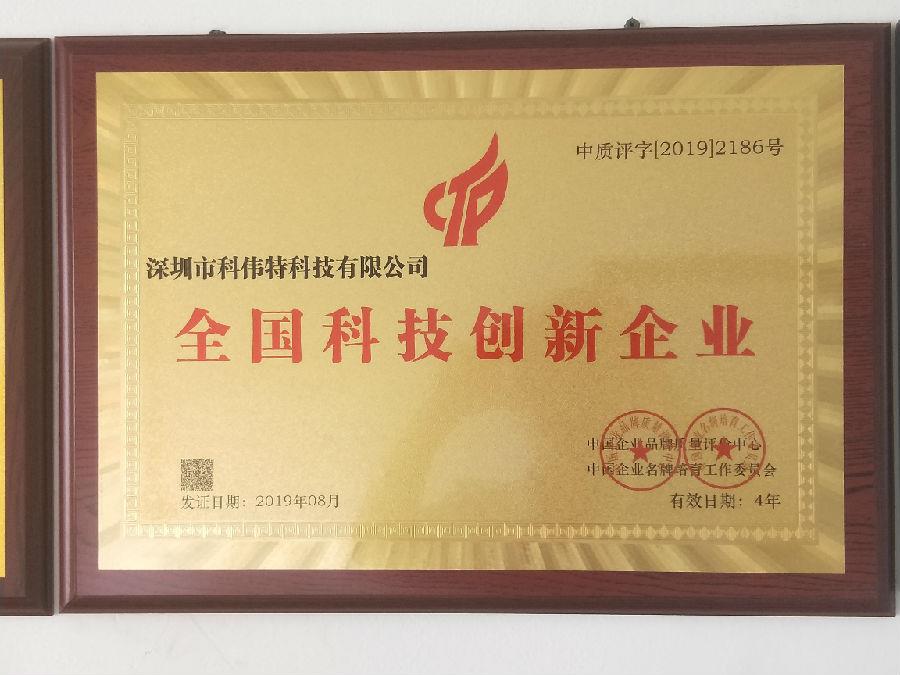
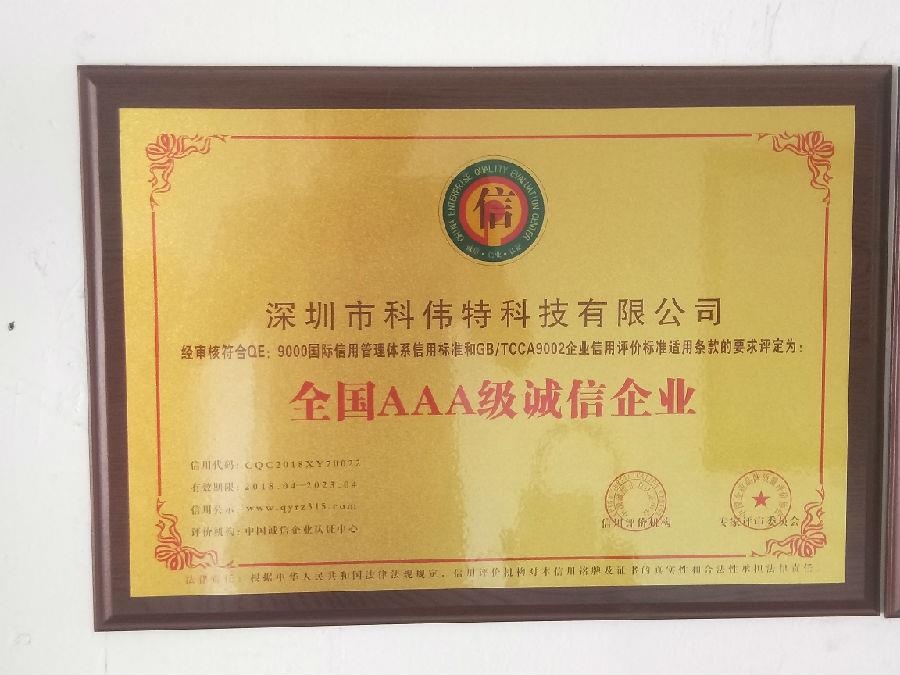
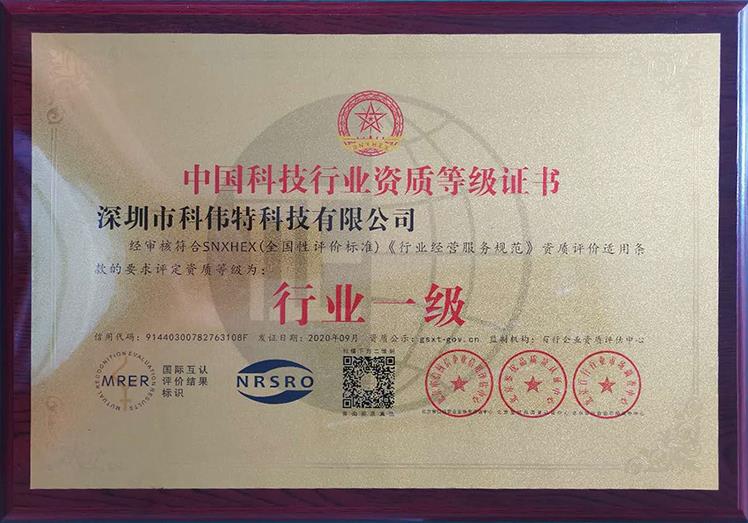

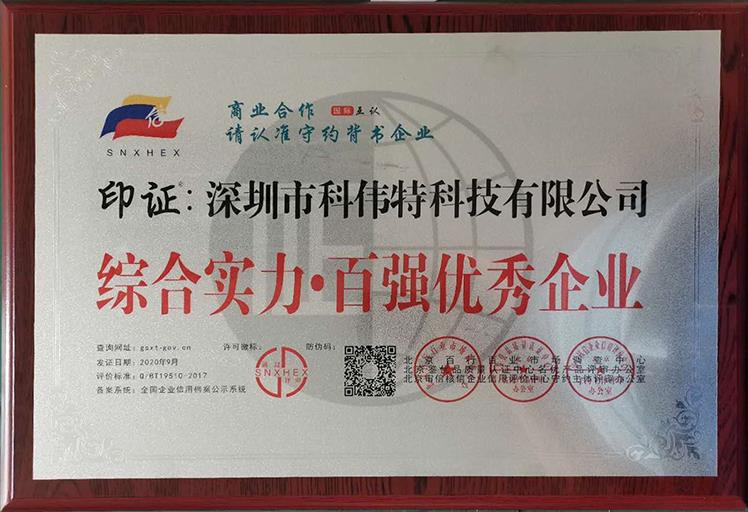
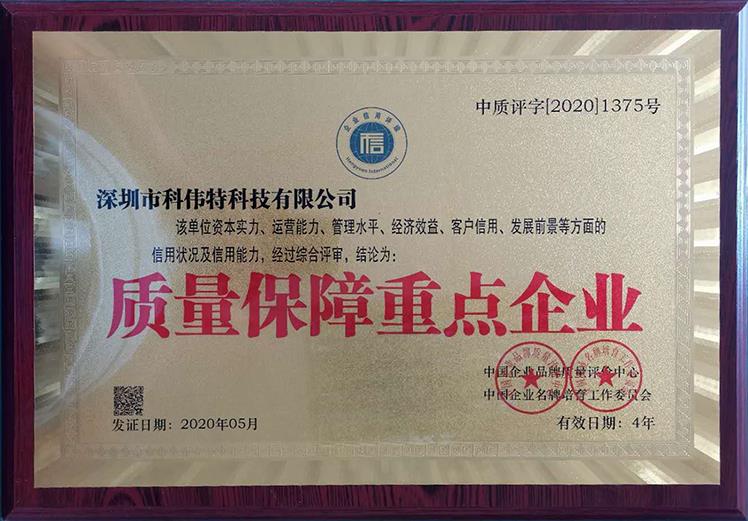
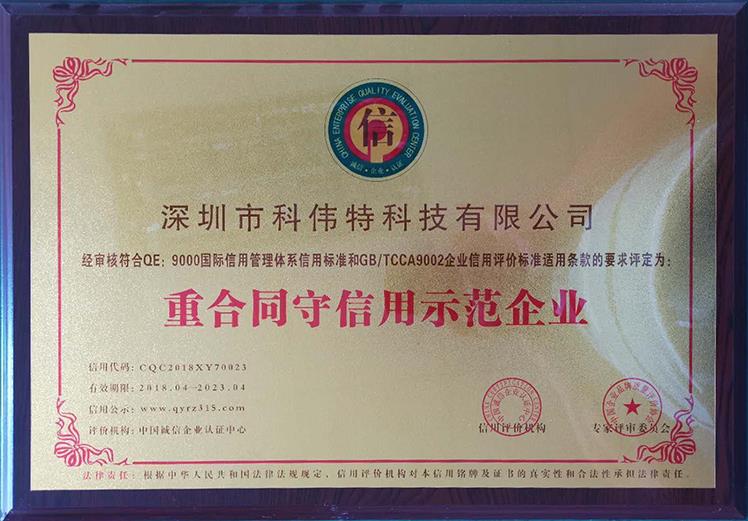
commonProblem andSolution
查看更多 >
In the spirit of "one line, one dream", Asta promises to continue to provide our partners with the highest quality products and best services. Grow together with partners under the relationship of mutual trust and mutual understanding. Let the printing industry cover every corner of the world.查看更多 >
Your Name:
E-mail:
Phone:
Content: